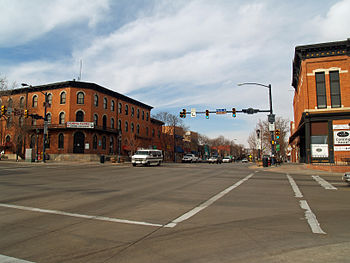By: MARTIN BLANC
While AT&T Inc. (NYSE:T) is worrying about net neutrality rules and Google Inc (NASDAQ:GOOG) is delaying fiber expansion, the city of Minneapolis, Minnesota, is enjoying speeds of 10 Gbps (1 Gbps = 1024 Mbps). US households on average, on the other hand, only have access to speeds of 20.7 Mbps.
Provided by US Internet, the fiber to premises broadband service costs around $399 per month. While it would definitely put a dent in the subscriber’s pocket, it is great for small and medium scale businesses that depend on fast Internet access. Continue reading





![minnesota-hooks-up-10-gb-fiber-network[1]](https://inphotonicsresearch.com/wp-content/uploads/2014/12/minnesota-hooks-up-10-gb-fiber-network1-1024x576.jpg)


